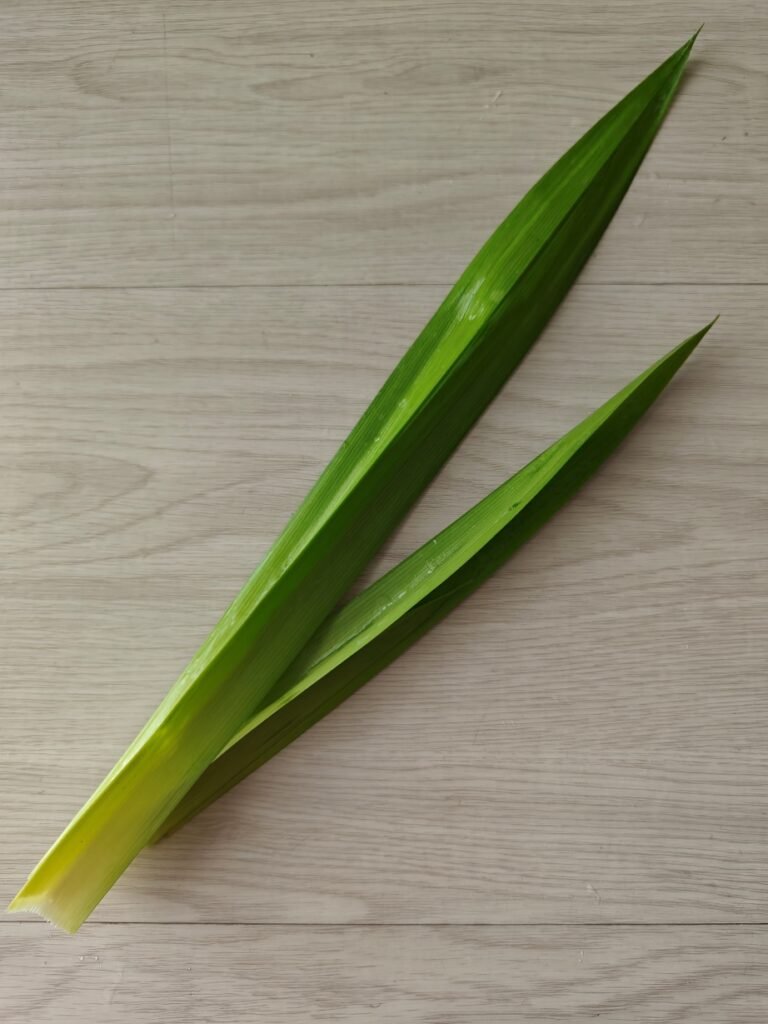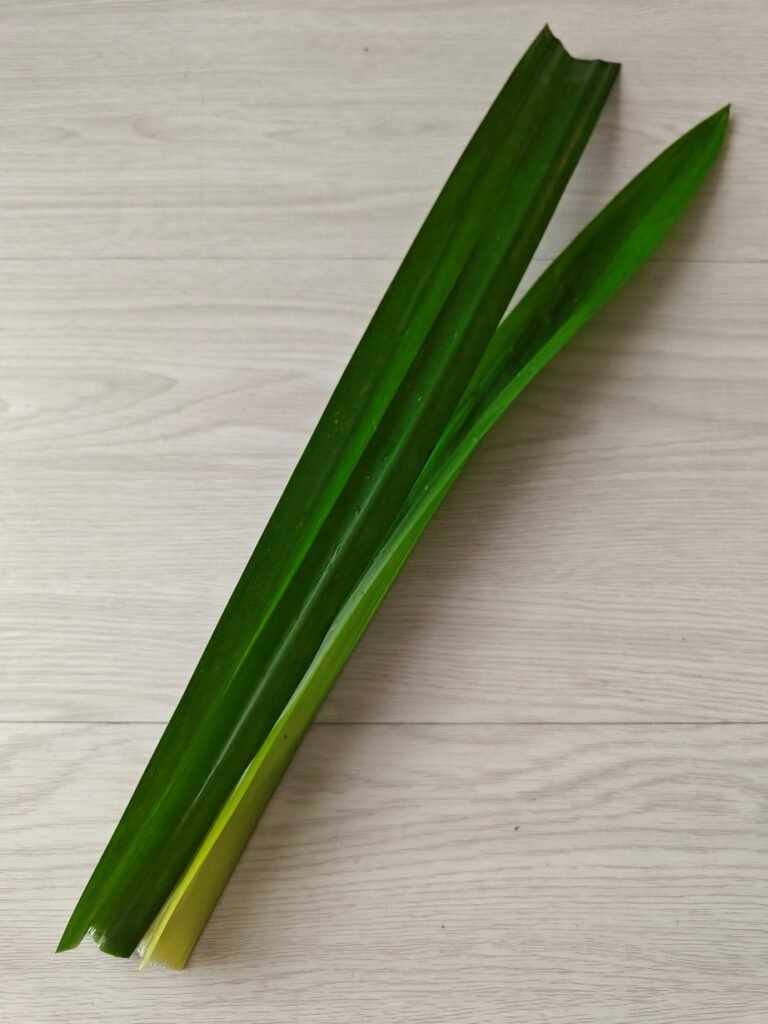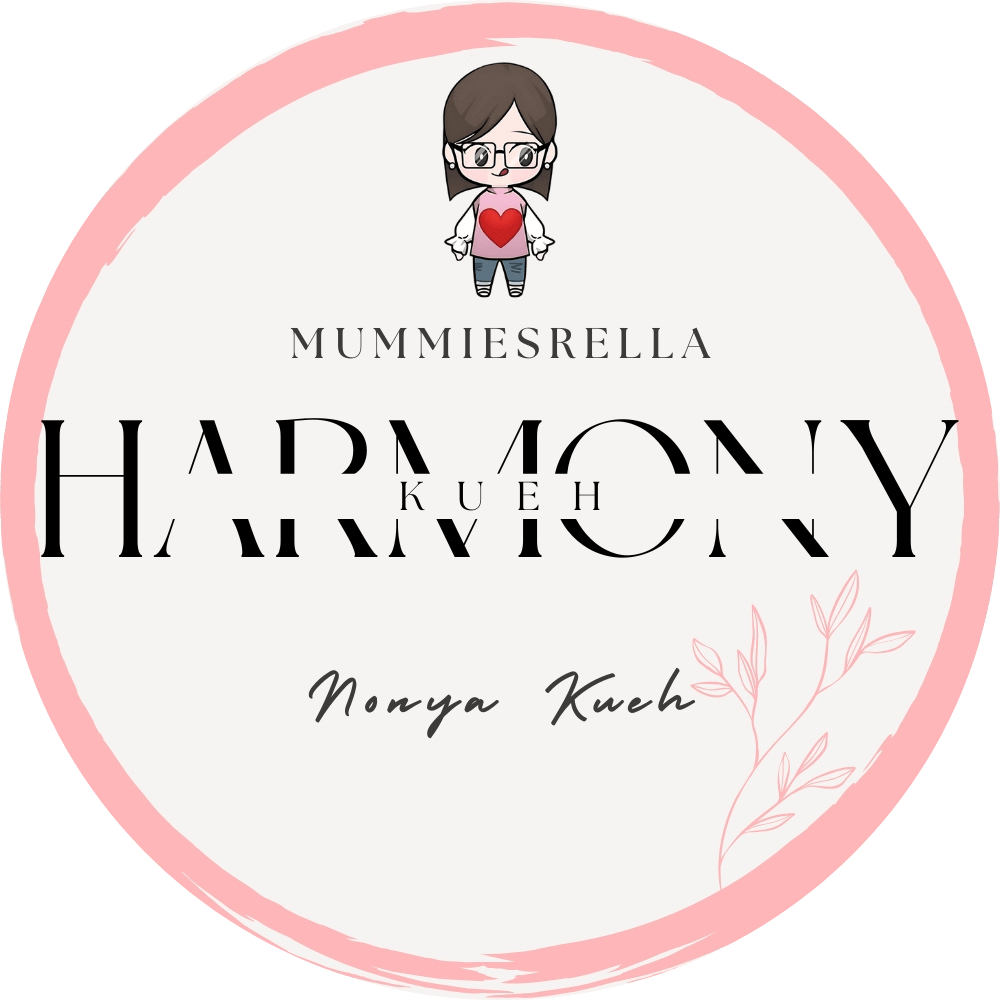Understanding Pandan: Real Leaves vs. Essence
When it comes to crafting authentic Nonya Kueh, one of the most interesting topics is the choice of pandan leaves vs essence. Pandan is a sometimes considered a staple ingredient in Southeast Asian cuisine, beloved for its unique aroma, vibrant green hue, and ability to elevate desserts like Pastel Rainbow Kueh Lapis, Kueh Dadar, Pandan Kueh Kosui and Pandan Salat. But what makes real pandan leaves superior to synthetic pandan essence? Let’s explore the differences and why choosing fresh pandan can transform your Nonya Kueh recipes into a masterpiece.
What Makes Pandan Leaves Unique?
Fresh pandan leaves, also known as “Pandanus amaryllifolius” are renowned for their rich pandan flavor and natural fragrance, offering a depth of aroma and taste that artificial essences cannot replicate. These leaves, rich in chlorophyll, impart a subtle yet authentic green hue and add moisture to desserts like Pandan kueh kosui.
- Benefits of Fresh Pandan Leaves:
- A vibrant, natural green color
- Complex, grassy aroma that enhances desserts
- Adds authentic flavor to traditional Nonya kueh desserts
In Nonya Kueh recipes, fresh pandan leaves are typically bruised or tied to release their oils during cooking, creating an unmistakable fragrance that transports you to the heart of tradition.
Pandan Essence: Convenient but Artificial
While pandan essence offers convenience, it is often made from synthetic ingredients that attempt to mimic the flavor and aroma of real leaves. However, the taste can feel overly sweet, with an artificial bright green hue that lacks the colors of natural pandan.
- Drawbacks of Pandan Essence:
- Artificial flavor that lacks complexity
- Uniform, unnaturally bright green color
- Misses the emotional connection tied to authentic preparation
For true connoisseurs of traditional Nonya desserts, pandan essence simply doesn’t compare to the authenticity of fresh leaves.
Pandan Leaves vs Essence: Key Differences
| Aspect | Pandan Leaves | Pandan Essence |
|---|---|---|
| Color | Natural, lively green, varies in tone | Uniform, vibrant artificial green |
| Aroma | Complex, grassy, authentic | Sweet, synthetic, lacks depth |
| Flavor | Fresh, nuanced, and earthy | Artificial, often overly sweet |
| Texture in Kueh | Softer and moister due to natural oils | Denser, lacking liveliness |
Using fresh pandan leaves not only improves the sensory quality of your kueh but also honors the heritage of Kueharmony’s Nonya Kueh recipes.
How to Identify Nonya Kueh Made with Real Pandan Leaves
For those seeking authentic Nonya Kueh, knowing how to spot kueh made with real pandan is essential. Here are some tips:
- Color:
Real pandan leaves give kueh a very natural, uneven green hue, reflecting the natural chlorophyll. Different kueh batches can be different tones of green due to using different parts of the leaves. Kueh made with essence appears overly uniform and bright. - Texture:
Authentic kueh feels soft and moist, thanks to the oils from pandan leaves, while those made with essence tend to be denser. - Aroma and Taste:
Real pandan provides a fragrant, grassy aroma and balanced sweetness. Essence-based kueh often tastes synthetic and overly sugary.
Kueharmony’s Commitment to Real Pandan
At Kueharmony, we pride ourselves on using fresh pandan leaves in our Nonya Kueh recipes. This dedication ensures that every bite of our kueh delivers an authentic taste and fragrance that honors tradition.
Whether it’s our signature Pandan Salat or classic Pandan Kueh Kosui, each dessert is crafted with love and care, using the finest pandan leaves. This not only enhances flavor but also preserves the cultural heritage that makes Nonya Kueh so special.
Choosing Fresh Pandan Leaves: A Quick Guide
When selecting pandan leaves for your cooking, follow these tips to ensure optimal flavor and quality:
- Look for vibrant green leaves, with no yellowing or dryness at the edges.
- Check the aroma by gently crushing the leaves. Fresh pandan releases a sweet, grassy scent.
- Inspect the texture – firm, smooth leaves are the best choice for preparing kueh.
By using fresh pandan, you not only create better desserts but also connect with the heritage of traditional Nonya desserts.

Can you guess which kuehs these two different parts of pandan leaves are used for?

Conclusion
The choice between pandan leaves vs essence can define the authenticity of your Nonya Kueh. While essence may provide convenience, it cannot replicate the depth of flavor, aroma, and vibrant green color that fresh pandan leaves bring to the table. At Kueharmony, we embrace the tradition of using real pandan, ensuring every dessert celebrates the rich culinary heritage of Southeast Asia.
So, next time you prepare or enjoy a plate of kueh, remember: nothing beats the authenticity and taste of real pandan leaves.



